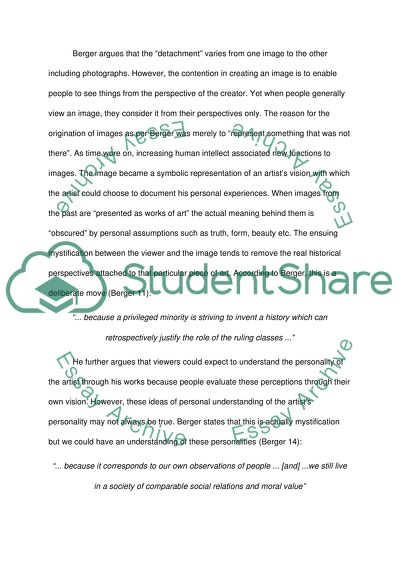Cite this document
(“The Starry Night Essay Example | Topics and Well Written Essays - 1250 words”, n.d.)
Retrieved from https://studentshare.org/english/1443480-john-berger-ways-of-seeing-the-essay
Retrieved from https://studentshare.org/english/1443480-john-berger-ways-of-seeing-the-essay
(The Starry Night Essay Example | Topics and Well Written Essays - 1250 Words)
https://studentshare.org/english/1443480-john-berger-ways-of-seeing-the-essay.
https://studentshare.org/english/1443480-john-berger-ways-of-seeing-the-essay.
“The Starry Night Essay Example | Topics and Well Written Essays - 1250 Words”, n.d. https://studentshare.org/english/1443480-john-berger-ways-of-seeing-the-essay.


